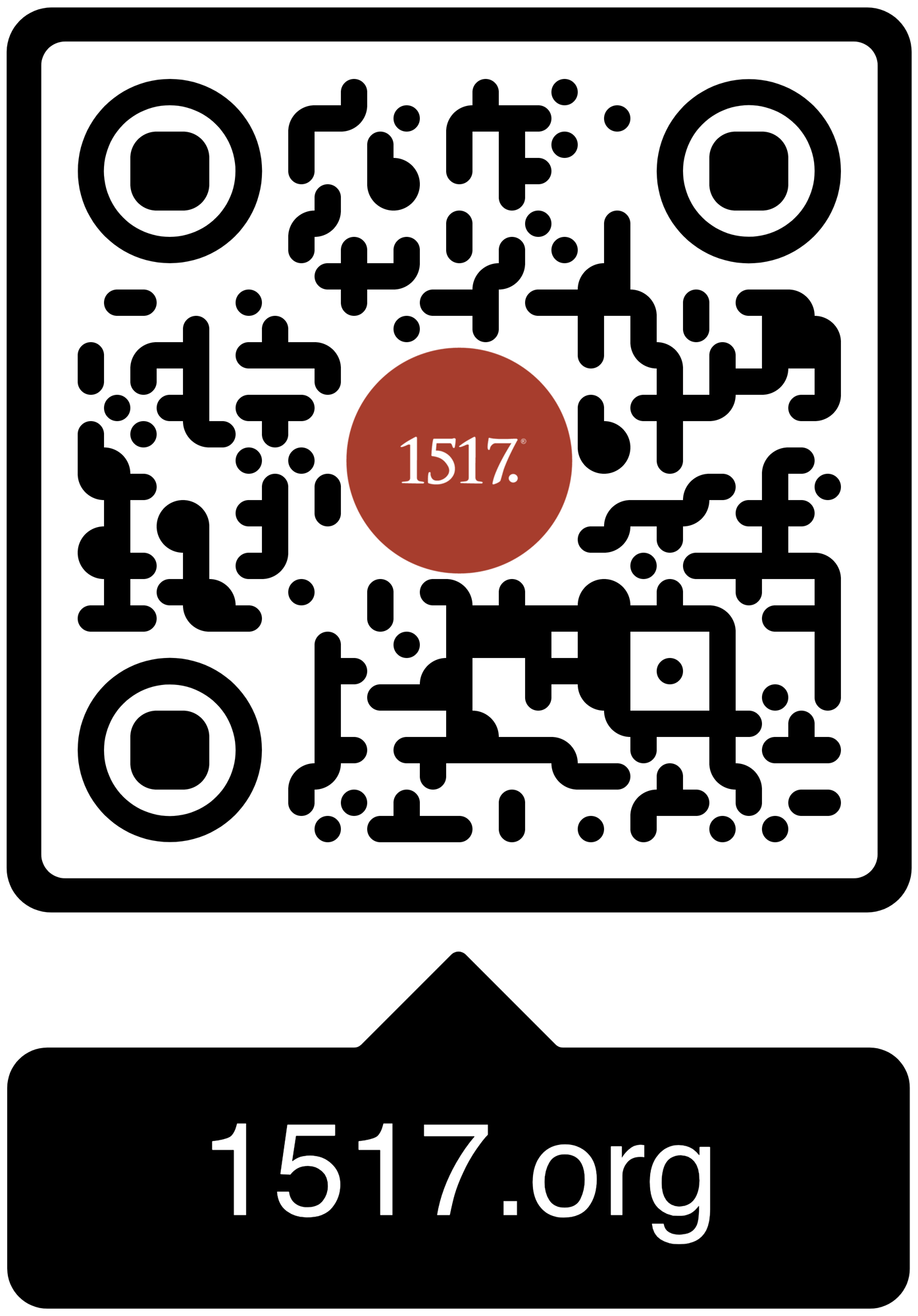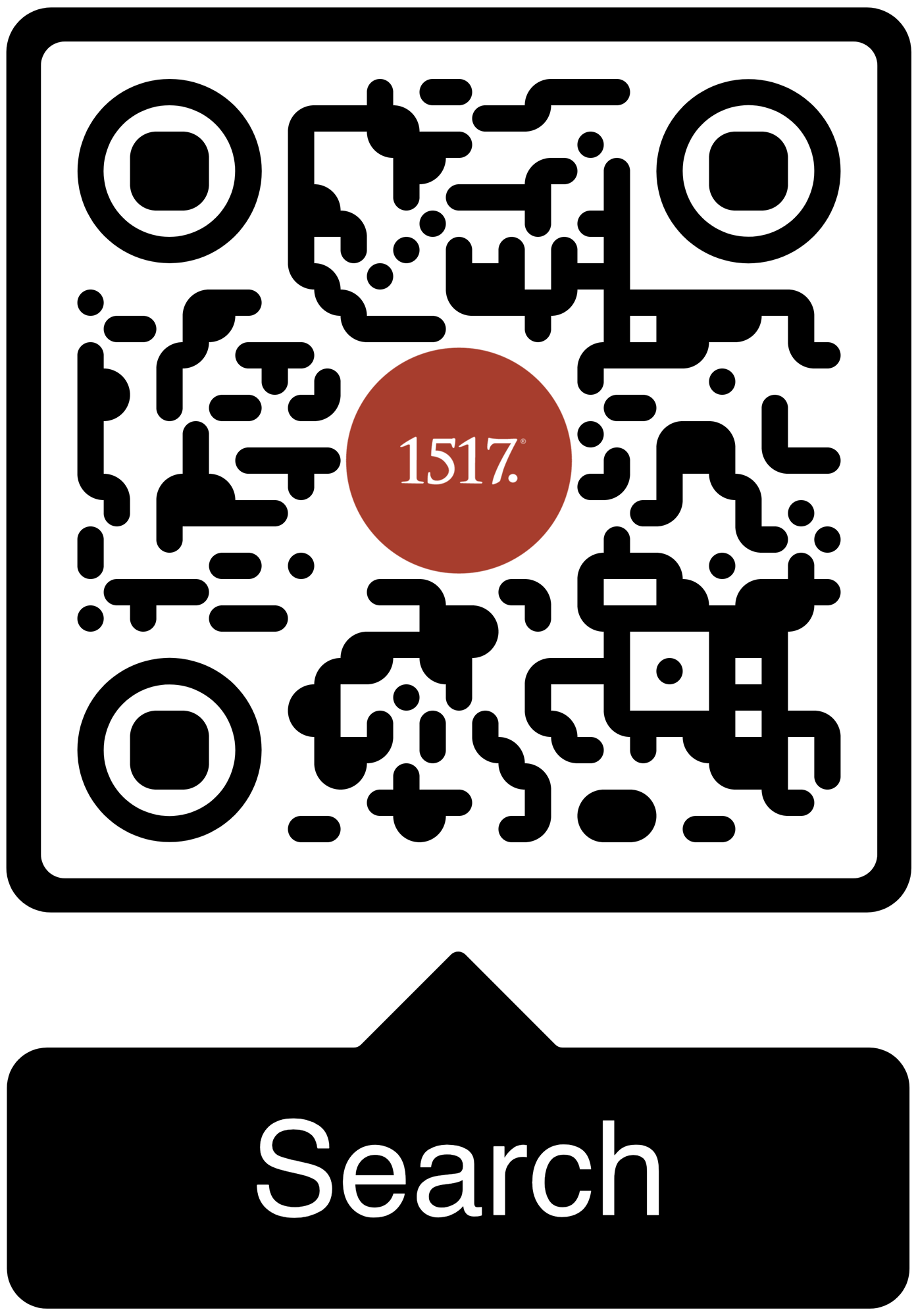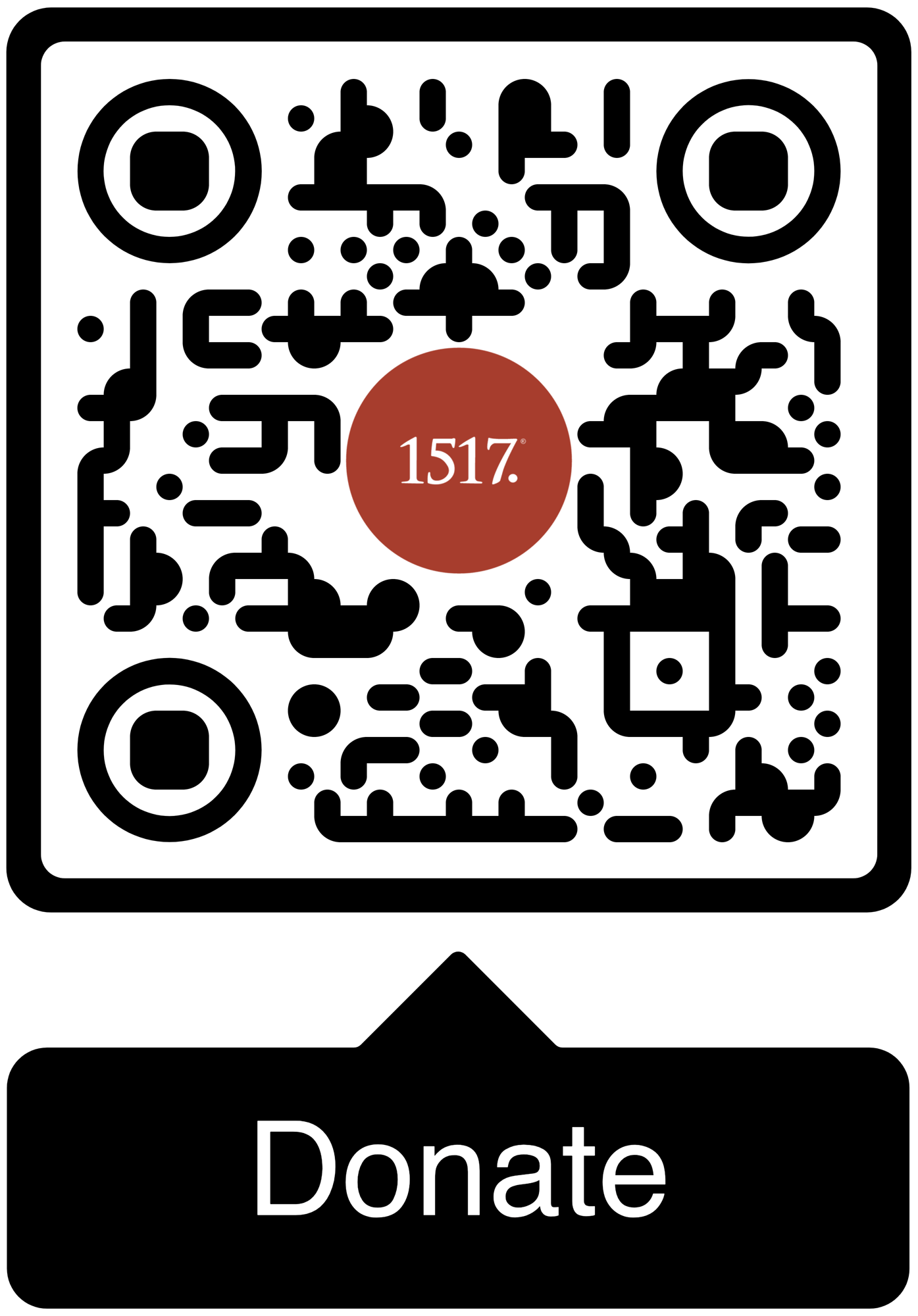This is the third installment in our article series, “An Introduction to the Bondage of the Will,” written to commemorate the 500th anniversary of Martin Luther’s Bondage of the Will.
10/13/25
This is the second installment in our article series, “An Introduction to the Bondage of the Will,” written to commemorate the 500th anniversary of Martin Luther’s Bondage of the Will.
10/10/25
This is the first installment in our article series, “An Introduction to the Bondage of the Will,” written to commemorate the 500th anniversary of Martin Luther’s Bondage of the Will.
All Articles
Author
- All Authors
- 1517 Guest Contributor
- 1517 Publishing
- 1517 Staff
- A. A. Just Jr.
- A.J. Vega
- Aaron Boerst
- Adam Francisco
- Adam Stetson
- Amy Mantravadi
- Andrew Foss
- Anthony DiLiberto
- Blake Flattley
- Bob Hiller
- Bob Sundquist
- Bonnie Petroschuk
- Brad Soenksen
- Bradley Gray
- Brandon Hanson
- Brandon Pangman
- Brennan Manning
- Brian W. Thomas
- Bror Erickson
- Bruce Hillman
- C.S. Lewis
- Caleb Keith
- Chad Bird
- Charles E. Fry
- Christopher J. Richmann
- Cindy Koch
- CJ Armstrong
- Craig Donofrio
- Dan Chrismer
- Dan van Voorhis
- Dan Weber
- Daniel Deen
- Daniel Emery Price
- Daniel Stenberg
- David Clay
- David Rufner
- David Schmitt
- Debi Winrich
- Delwyn Campbell
- Dominick Santore
- Donavon Riley
- Edward Killian
- Elyse Fitzpatrick
- Erick Sorensen
- Gage Jordan
- Gerhard Forde
- Grant Klembara
- Greg Koukl
- Gretchen Ronnevik
- Haroldo Camacho
- Hermann Sasse
- Jacob Corzine
- Jacob Smith
- Jake Allstaedt
- Jared C. Wilson
- Jason Lane
- Jason Lang
- Jason Oakland
- Jay Sawrie
- Jeff Mallinson
- Jeffrey Pulse
- Jenifer Mohan
- Jessica Delgado
- Jessica Thompson
- Jim Nestingen
- Joel Fitzpatrick
- Joel Hess
- Joey Goodall
- John Bombaro
- John Bortulin
- John Chrysostom
- John T. Pless
- John W. Hoyum
- John Warwick Montgomery
- Jonathan Ruehs
- Jordan Spina
- Joshua Miller
- Justin Rossow
- Karen Stenberg
- Kathy Morales
- Katie Koplin
- Kelsi Klembara
- Ken Sundet Jones
- Kerri Tom
- Kevin Hale
- Kevin McClain
- Kyle G. Jones
- Larry D. Hughes
- Laura Bauer
- Luke Kjolhaug
- Magnus Persson
- Mariah Coward
- Mark Jasa
- Mark Mattes
- Mark Pierson
- Martin Luther
- Matt Johnson
- Matt Kroelinger
- Matt Popovits
- Michael Berg
- Michael Gibney
- Nicholas Hopman
- Nicholas Kallis
- Norman Nagel
- Paul Dunk
- Paul Koch
- Pete Lange
- Peter Nafzger
- Philip Bartelt
- Raleigh Sadler
- Rick Ritchie
- RJ Grunewald
- Robert Farrar Capon
- Robert Kolb
- Rod Rosenbladt
- Roland Ehlke
- Ron Hodel
- Ryan Couch
- Ryan Matthias
- Ryan Stevenson-Cosgrove
- Ryan Tinetti
- Sam Leanza Ortiz
- Sam P. Schuldheisz
- Sarah Crowder
- Scott Davis
- Scott Keith
- Scott Landrum
- Seth Moorman
- Steve Byrnes
- Steve Kruschel
- Steven A. Hein
- Steven Paulson
- StoryMakers NYC
- Tanner Olson
- Tate Barber
- Ted Rosenbladt
- Travis Scholl
- Tyler Cronkright
- Uwe Siemon-Netto
- Valerie Thur
- Wade Johnston
- Walter Hwang
- Wayne Sender
- Zack James Cole
08/21/24
As both law and gospel are proclaimed, judgment and deliverance are miraculously pronounced over the hearer.
08/02/24
God’s headline for his church prioritizes the person of Jesus and his purpose to demonstrate God’s power by dying and rising again for our salvation.
06/07/24
In our catastrophes - whatever they may be, however large or small they are - we cry out for rescue, deliverance, and salvation.
06/06/24
Like Jacob, sinners approach the Heavenly Father wearing the clothes of their older brother, Jesus.
05/24/24
What we do much less of, even in Christian circles, is recognize just how pervasive sin is, such that it has thoroughly corrupted us.
05/22/24
Now that the Lord of Sabaoth has involved himself, something ends, something is born.
05/17/24
The cross not only stands as the measure of our hatred of God but also as the measure of God’s love for us.
05/14/24
The gospel is for sinners – both the tax collector and Pharisee, both in need of the Great Physician.
05/13/24
God chose Russell Brand, chose to defy his fast-escaping life and drink up all his swift-running sin in the River Thames.
05/10/24
The profound significance of Christ’s resurrection comes from the threefold justification it provides: it justifies the sinner, the sinner’s hope, and God himself.
04/23/24
In Israel today, it's still possible to witness the same scene the disciples saw 2000 years ago when the Bedouin shepherds bring their flocks home from various pastures at the end of the day.
1517 is a Christian non-profit (501(c)3) multi-media organization. Our mission is to declare and defend the Good News that we are forgiven and free on account of the death and resurrection of Jesus alone.





1517 grants permission for our free online resources to be printed, photocopied, and otherwise used freely for private and church use. We require that authorship and source (1517.org) are referenced and maintained. These resources may not be sold or included in any publications for sale.
.jpg?width=700&height=555&name=251006_ITTBOTW_Scott%20(1).jpg)

